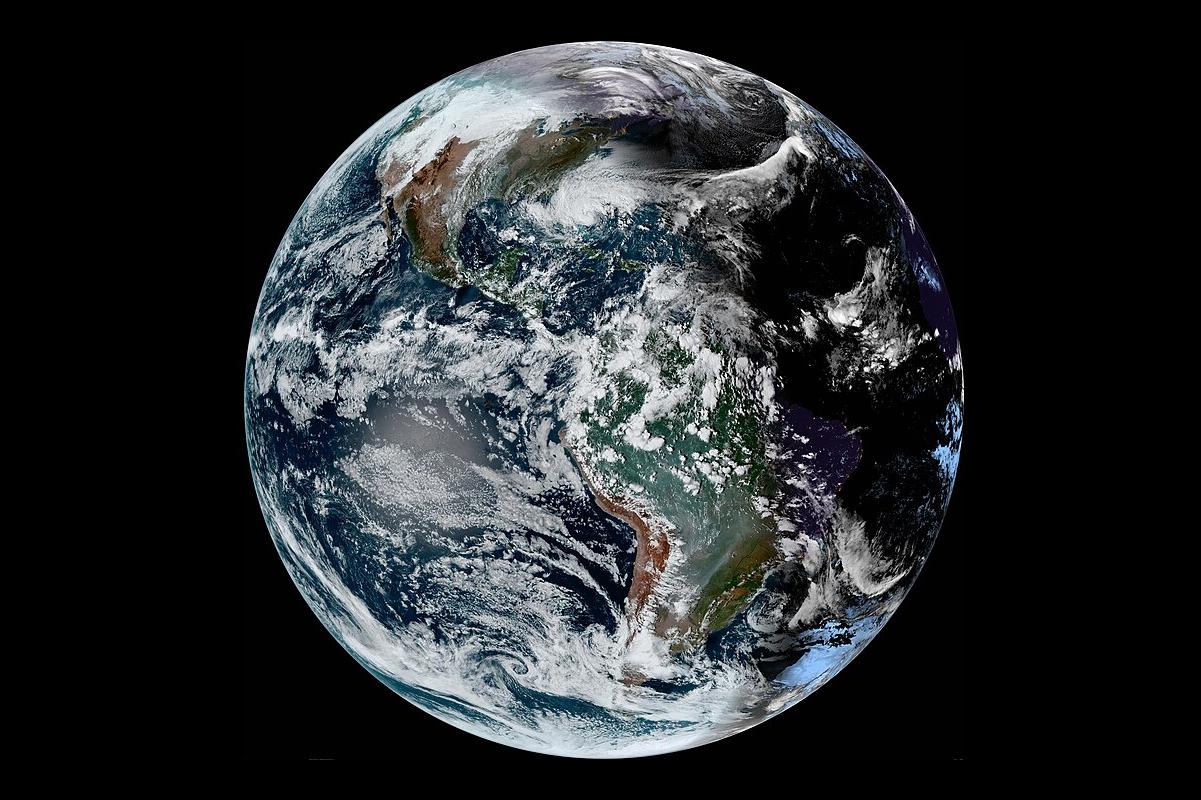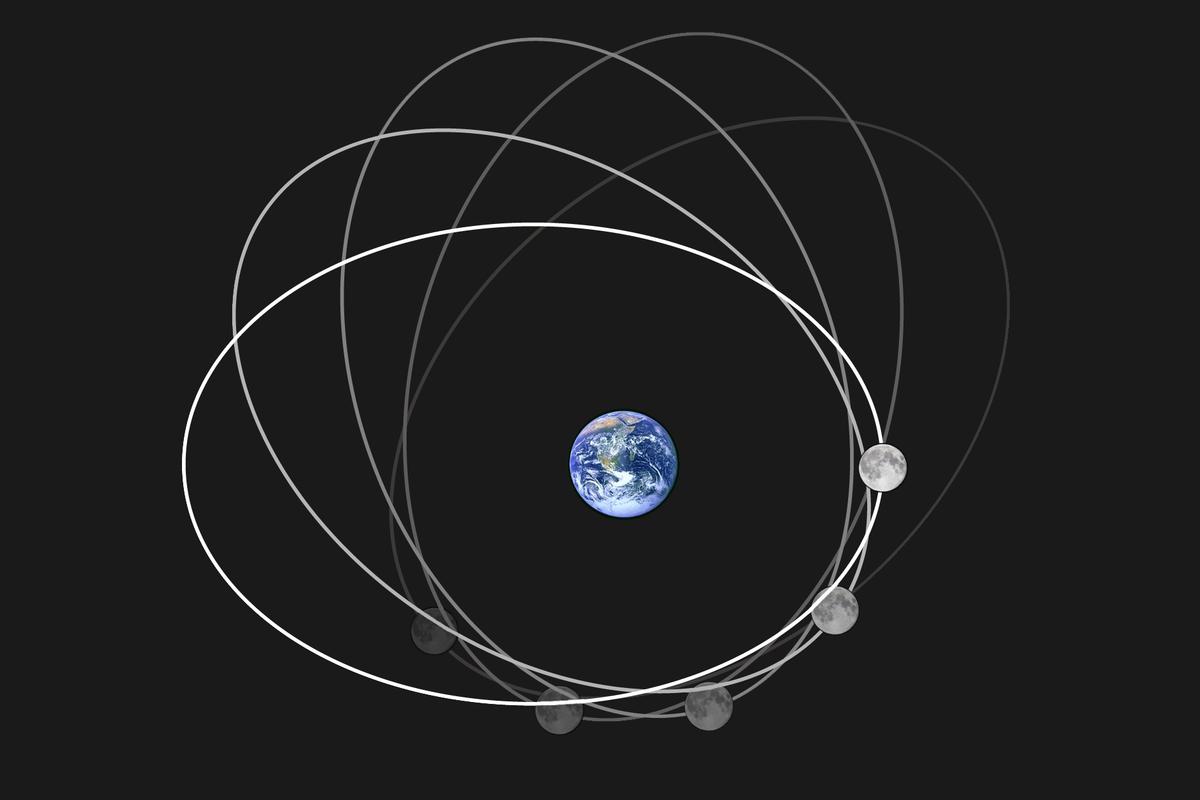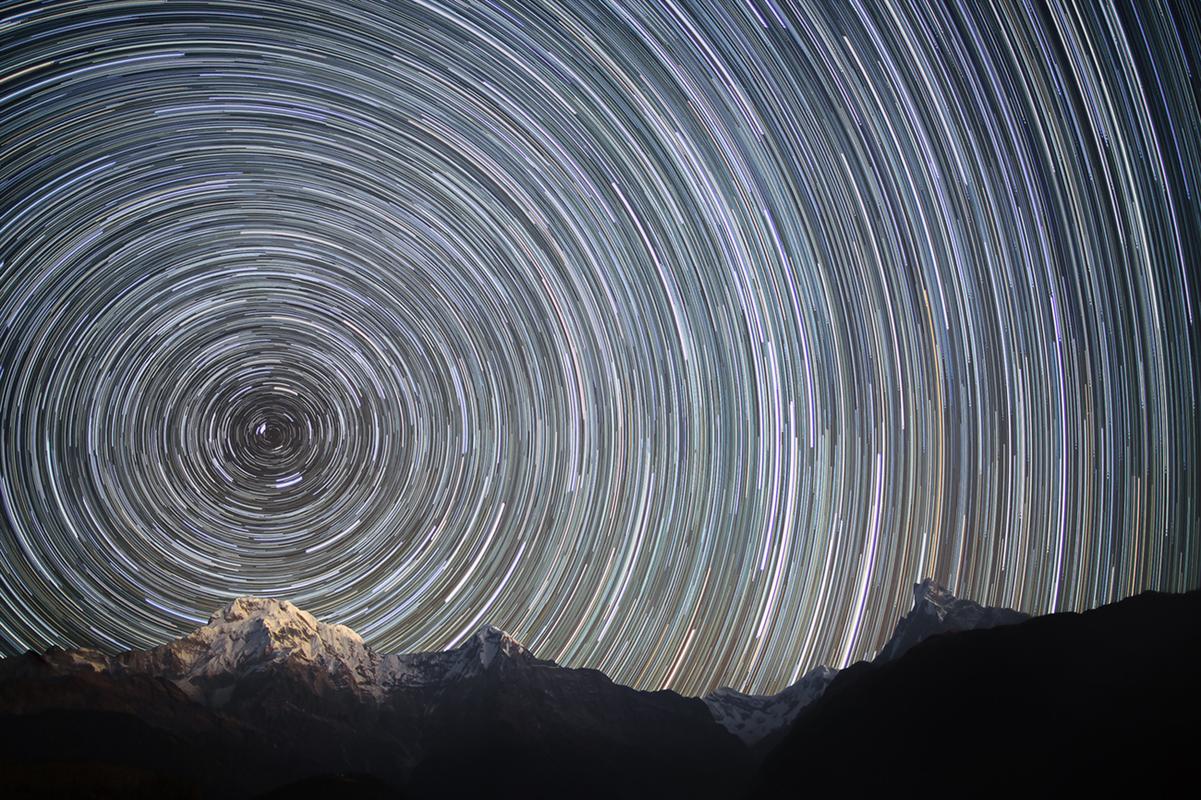If you feel like yesterday just flew by, you’re not wrong. Yesterday was the second shortest day* this year – about a thousandth of a second faster than normal. For a number of reasons, the Earth will spin slightly faster on several days this summer.
The length of a day is well known – it’s 24 hours. That’s the amount of time it takes the Earth to spin around completely. And 24 hours times 60 gives us 1,440 minutes a day. With 60 seconds in a minute, we have 86,400 seconds in a day.
On average, that’s about right. It takes the Earth about 86,400 seconds to spin around once. But that’s an average. In fact, the amount of time the Earth takes to rotate changes slightly from day to day.
Sometimes it spins a little slower. And sometimes, like recently, it spins a little faster.
(Source: Anton Yankovyi [CC BY-SA 4.0], via Wikimedia Commons.)
For most of human history, the spinning of the Earth has been used to measure time. But in the 1950s, scientists began using “atomic clocks” to measure time. These clocks are based on the speed at which an atom vibrates. Atomic clocks are an extremely accurate and precise way of keeping track of time.
Scientists had long known that the Earth didn’t always turn at the same speed. But the changes are small and are usually measured in milliseconds (a millisecond is 1/1000 of a second). With the invention of atomic clocks, scientists were able to measure exactly how fast the Earth was spinning. That allows them to know when there are “fast” days or “slow” days.

(Source: NOAA [Public domain], via Wikimedia Commons.)
In recent years, there have been a number of fast days, when it takes the Earth less time to make a full spin. For example, last July 5, was the fastest day ever recorded. It took about 1.65 milliseconds less than 86,400 seconds for the Earth to make a complete turn.
Several fast days are happening this summer. On July 9, the Earth turned 1.36 milliseconds faster than normal. And yesterday it was expected to turn 1.34 milliseconds faster than the usual 86,400 seconds. August 5 will also be one of these “fast” days.

(Source: Rfassbind [Public domain], via Wikimedia Commons.)
There are many things that affect the speed of the Earth’s turning. The most important is the pull of gravity from the moon. As the moon orbits the Earth, sometimes it’s closer and sometimes it’s farther away. And the moon’s orbit itself doesn’t stay in one position – it moves in space.
Other things, such as the Earth’s atmosphere and major wind systems, can also affect the Earth’s spin. It may be surprising, but the Earth’s core, deep inside our planet, can also affect its speed.
Despite our planet spinning slightly faster recently, in general, over millions of years, the Earth has actually been spinning more slowly. It typically loses a couple of milliseconds every hundred years or so. Scientists say that pattern is likely to continue.
Did You Know…?
Climate change is also playing a part in the speed of the Earth turning. Scientists say that as the Earth heats up and the ice at the North and South poles melts, the Earth is likely to spin even more slowly.
* This article is talking about a “day” as a 24-hour (86,400-second) period. It’s not talking about longer or shorter daylight hours. Longer daylight hours happen in the warmer months of summer, and shorter daylight hours happen in the colder months of winter.
